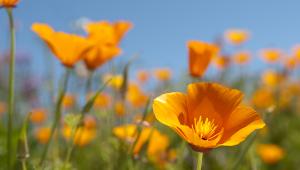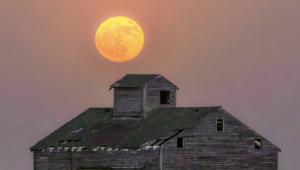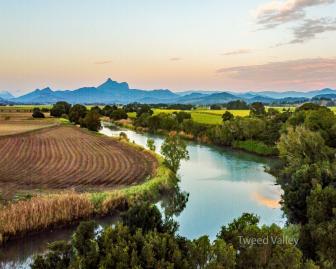Business Trends
Building A Photographic Community
An Interview With Jean Ferro, President Of WIPI

|
Networking for your photography
business means connecting on three different levels: with your client
network, your community network, and your peer network. To illustrate
this, I selected, Women In Photography International (WIPI), to explore
the business opportunities a networking organization can offer individual
photographers. Members of WIPI have the unique prospect of one organization
serving all three networks. You can connect with clients, with a gallery
on the WIPI website (www.WomenInPhotography.org).
You can connect with the community as a volunteer on one of their high-profile
fundraisers. You can connect with your photography peers through their
seminars, member profiles, and website message boards. To get more of
an insight on how it all works I talked with current president Jean
Ferro (www.JeanFerro.com).
Shutterbug: As a networking organization, how would
you describe WIPI?
Jean Ferro: Founded in 1981, Women In Photography International
is a non-profit, outreach organization that promotes the visibility
of women photographers and their work. WIPI serves the needs of photographers,
photo educators, photography students, gallery owners, and photographic
organizations around the world. Our f2 eZine is an online publication
with member profiles and portfolios, interviews, book reviews, product
information, and gallery listings.
SB: How did you become a WIPI member and then president
of the organization?
JF: In January 1988, at a PhotoWest convention in Long
Beach, I was doing a signing for my self-portrait work in a European
magazine at the Paris Photo Lab booth. Sharing the booth with Paris
Photo was the WIPI director Nancy Clendaniel. Soon after, I was invited
to join their Advisory Board. In late 1998, in collaboration with Peter
Palmquist, an archivist and historian, Nancy and I re-launched WIPI
as an online international resource center. We were able to expand our
position from the paper-bound quarterly newsletter to a current-day
electronic medium. The organization's non-profit status was established
in California, so with the encouragement of Peter and other board members,
I became president in the spring of 2000. I was happy being an artist
so this was a huge shift for me and one that I'm still adjusting
to at times. Peter was my behind-the-scenes mentor, directing me all
the way. Very sadly for all of us, Peter died in a car accident in January
2001, just as WIPI was headed into its second year at its new home at
Stephen Cohen's photo l.a.
SB: How big is WIPI? How many countries are represented
and how do you connect with each other?
JF: We have members from the U.S.A., Australia, Scotland,
England, Italy, Kuwait, Canada, and India. Our photographers are women
working in a wide range of fields, including special outreach projects
such as homeless children to work such as wedding photography. They
are also involved with photojournalism, fine art, commercial, press,
and experimental work. They range from complete amateurs to high-end
professionals. We've kept a pretty open-door policy and not discriminated
about whether it's "true photography"--we are
open to all types of photography. The website is really a key opportunity
to help our members reach out. I think at this time being associated
with WIPI is a signature, a place to be found, and a place where someone
else is showing off your work, similar to being presented in a magazine.
Our website is now also an archive; it documents the movement of women
working in photography. It currently has over 700 pages of content.
We receive approximately 40,000 viewers a month. We get close to 500,000
hits. Just yesterday I got an inquiry from an art critic/writer in China
looking for a contemporary woman photographer from the 20th century.
SB: Describe some of the typical member networking
activities such as exhibits, meetings, and contests.
JF: We had done back-to-back physical exhibitions starting
in 2001 with our International Tea Time 20th Anniversary. The name Tea
Time came about because of Linda McCartney's teapot image. She
had been an inspiration at the beginning of WIPI. In 1987, Nancy had
gone to England and, at the Royal Albert Museum, presented Linda with
the Distinguished Photographer's Award from WIPI. So the show
became the International Tea Time theme and was a wonderful success.
- Log in or register to post comments
















































